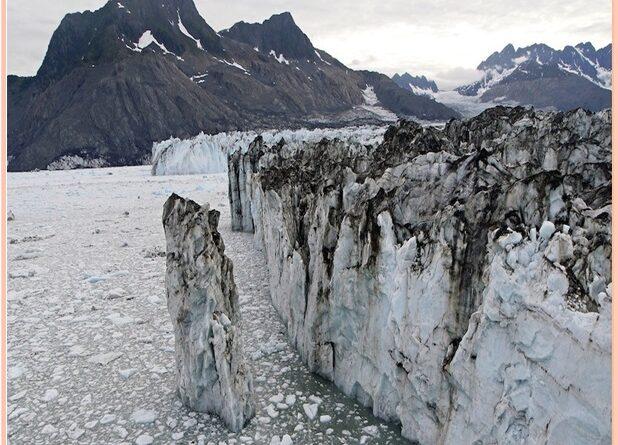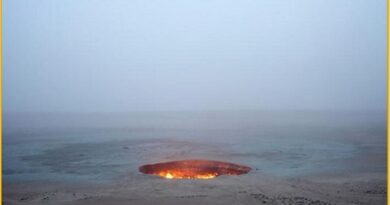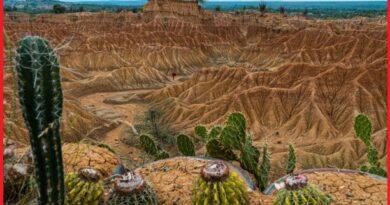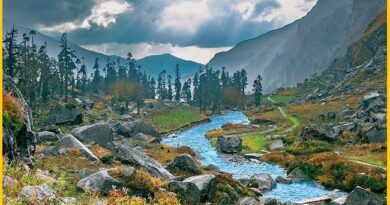The Columbia Glaciers: A Unforgettable Travel Experience
What is Columbia Glacier?
The Columbia Glacier is located 3,050 meters above sea level, down the flanks of the Chugach Mountains, and into a narrow inlet that leads into Prince William Sound in southeastern Alaska. Columbia Glacier is the largest glacier in North America and one of the largest in the world. It is the most beautiful and serene natural wonder and a must-see for anyone who wants to experience glacier travel at its best. The glacier flows from Mount Baker to Mount Rainier National Park. The ice is so thick that you can walk on top of it! The Columbia Glacier Tour takes visitors on a full-day hike to experience this natural Ice sheet.
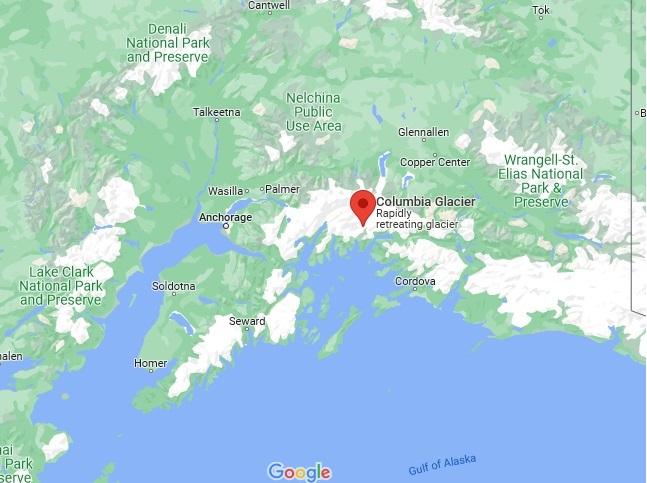
Columbia Glacier is a large nearly 1,100 square kilometers, multi-branched calving glacier in south-central Alaska. The Glaciers flow mostly south out of the Chugach Mountains to their tidewater termination in Prince William Sound. Prior to 1980, it had a length of 66 kilometers and small, short-lived retreats. From 1957-74, the lower ablation area maintained its altitude within a few meters, which suggests that the glacier was in climatic equilibrium for at least 2 decades. During 1980, it began a rapid retreat. By 1995, it was only about 57 kilometers long and by late 2000, about 54 kilometers long with no indication that the retreat would stop. The Glacier is At over 550 meters thick at some points and is a sight to behold, whether from a boat or the sky. It snakes its way 32 miles through the Chugach Mountains before dumping into the Columbia Bay.
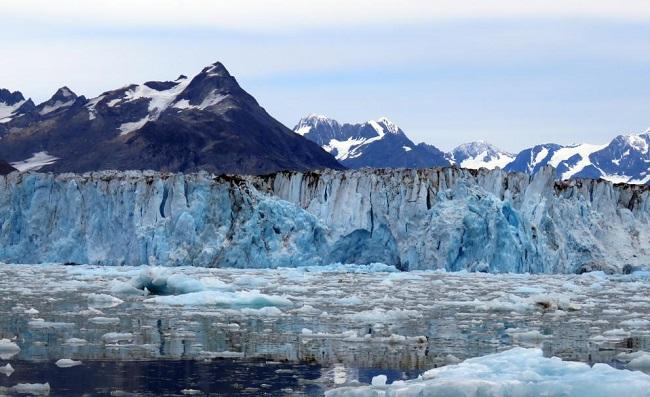
Things to See and Do at Columbia Glacier?
Columbia Glacier is a spectacular view. it is easily accessible and located in the Columbia River Gorge. There are several places you can visit while at Glacier, including the icefall, the cirque, and the outlet glacier. The icefall is a must-see attraction because it’s one of the tallest waterfalls in North America. The cirque is another interesting place to visit because it’s full of colorful snow formations. And finally, the outlet glacier is a beautiful sight because it flows down into Lake Columbia.
The yearly rate of change for the glacier?
The Columbia is a large tidewater glacier, flowing directly into the sea. When British explorers first surveyed it in 1794, its terminus extended south to the northern edge of Heather Island, near the Columbia Bay. The glacier held that position until 1980. After that, it began a rapid melting that continues today. The glaciers lost about 75 billion tons of ice a year from 1994 through 2013. Climate change gave the initial push to the Columbia’s retreat over 30 years ago, but once destabilized its decline was accelerated due to glacial mechanics.
The structure of Columbia’s moraine played a large role in the stability of the glacier before 1980. Like other tidewater glaciers, the Columbia built up a moraine over time, and the mixture of ice and rock functioned like a dam keeping out the sea.
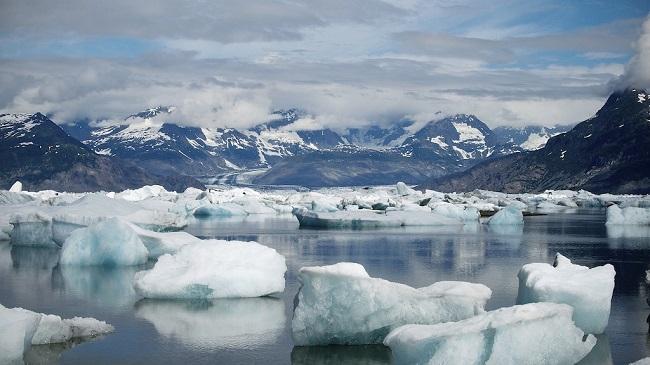
Exxon oil spill in Columbia glacier?
One of history’s worst oil spills occurs in Prince William Sound, Alaska, when on March 24, 1989. Exxon Valdez, an oil supertanker owned by Exxon Shipping Company bound for Long Beach, California struck Prince William Sound’s Bligh Reef, and 10.8 million US gallons of oil spilled into the Glaciers. The supertanker was taking an unauthorized route through the sound to avoid ice floes from the Columbia Glacier when it hit a charted reef 25 miles from the port of Valdez. The worst oil spill in American waters spread an ominous dark stain across the ice floes and fragile Alaskan ecology of Prince William Sound.
Best Time to Visit The Glacier?
The best time to visit Columbia Glacier is during the summer months when the glacier is at its most active. The glacier is also busiest in July and August, so it’s best to book your tour well in advance. The glacier is about 40 miles by boat from Valdez. You can see Columbia Glacier on a day cruise from Valdez.
Also read- Slovenia Treasures: Bled, A Fairy tale Village and picturesque site
Best Way to Get Columbia Glacier?
The best way to get to the Columbia Glacier is by air. The closest airport is in Fairbanks, Alaska. From there, it is a two-and-a-half-hour drive to the glacier. There are also several tour operators that offer helicopter tours of the glacier. If you’re looking for an unforgettable natural wonder experience, visit Columbia Glacier.
